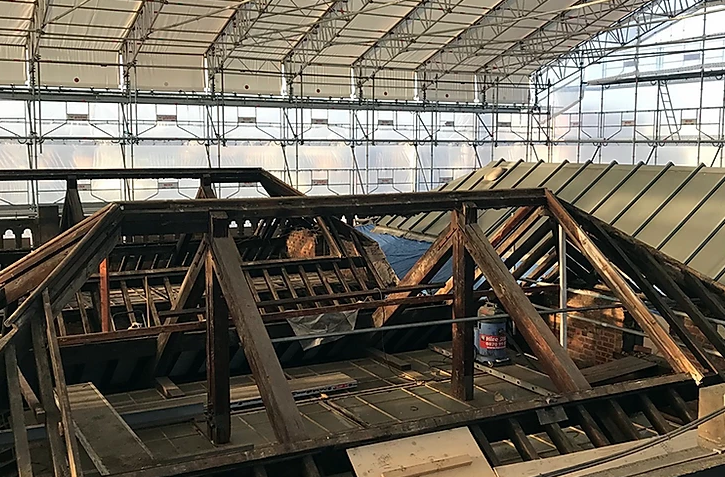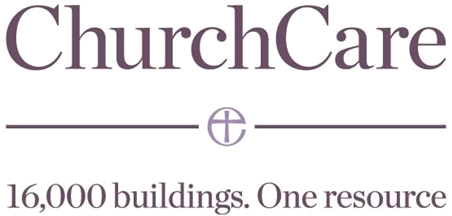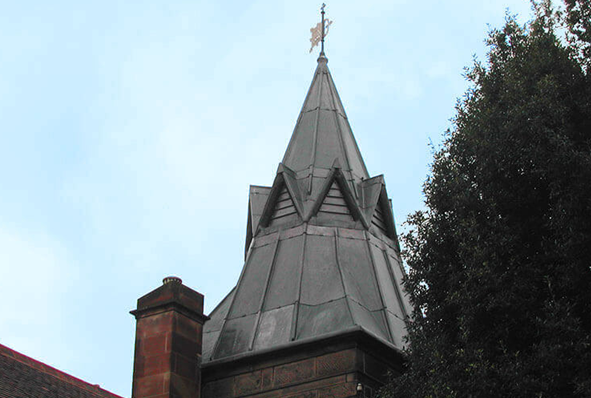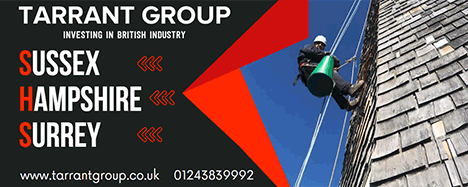Heritage Roofing
Heritage roofing - maintaining our iconic buildings
The UK is home to some of the most iconic buildings in the world, from stunning churches and cathedrals to historic stately homes. Each and every one of these remarkable feats of architecture requires regular maintenance to ensure they remain in the very best condition, allowing them to be enjoyed for generations.
Lightning Protection
When lightning strikes are you protected against this act of God?
The issue of lightning protection in churches is one that has exercised this publication for many years. In this four-part series of spotlights on the issue we will be revisiting various aspects of the subject, beginning with an overview of current thinking.
Traditional Lime
Lime: it’s better for buildings – and for the environment
It is now fairly well known that cement is not good for old buildings and that lime mortar should be used. But why? What are the advantages and what are the disadvantages? In order to begin to answer those questions it is necessary to understand the nature of traditional building, the process by which buildings used to be built, and how it differs from modern construction, the process by which we build today.
Audio Visual
Audio visual equipment in church buildings
This guidance is issued by the Church Buildings Council under section 55(1)(d) of the Dioceses, Mission and Pastoral Measure 2007. As it is statutory guidance, it must be considered with great care. The standards of good practice set out in the guidance should not be departed from unless the departure is justified by reasons that are spelled out clearly, logically and convincingly.
Read More...
CRE Events
All change at CRE: the UK’s ‘ideal church show’
The Christian Resources Exhibition (CRE), the UK’s largest church-related show, has changed hands in its 40th year and has been taken over by Quartz Business Media.
Insurance
You need to ensure that reasonable precautions are in place at your church to keep it safe for those who use it. To do this, you need to think about what might cause harm to people.
You will then need to decide if the precautions already in place are adequate. If they are not, you may need to identify further action to prevent any danger. When done formally, this is known as a risk assessment.
LPOW Grants
£23 million government package to support restoration of thousands of listed places of worship
Heritage Minister Sir Chris Bryant has announced that the Listed Places of Worship Grant Scheme will be extended into the next financial year, providing £23 million so that thousands of historical buildings, including churches, synagogues, mosques and temples, can carry out restoration work.
Lead Roofing
Lead is one of the oldest materials in the roofing industry and is still commonly used throughout the world today.
Lead roofing is a traditional roofing method which has been used in the industry for hundreds of years, and is therefore proven to be extremely reliable. Lead roofing, and sand-cast lead, in particular is ideal for old buildings such as churches or historical renovations, whereas milled lead roofing is a mass-produced alternative, used for precision and accuracy in homes and commercial buildings alike.
Home
Traditional Foundry Skills Hold Water at London University
Traditional foundry skills are back in vogue in the restoration of the exterior of one of London’s former technical colleges.
Master craftsmen from Hargreaves Foundry have supplied bespoke and off the shelf cast iron rainwater goods as part of a £1.5m external refurbishment to University House, a grade II listed building which is now part of the University of East London (UEL).
Hargreaves craftsmen created new moulds to replicate the intricately patterned earbands needed to hold in place 200 metres of 100mm x 75mm rectangular pipes. All offset pieces were manufactured as specials in the Halifax-based foundry within three weeks.
A Hargreaves site survey revealed that after a century of excellent service, the cast iron rainwater system had disintegrated. Some bespoke replica fittings needed specially casting so as to complement standard items specified from the Premier Rainwater range of traditional cast iron rainwater pipes, gutters, heads and fittings.
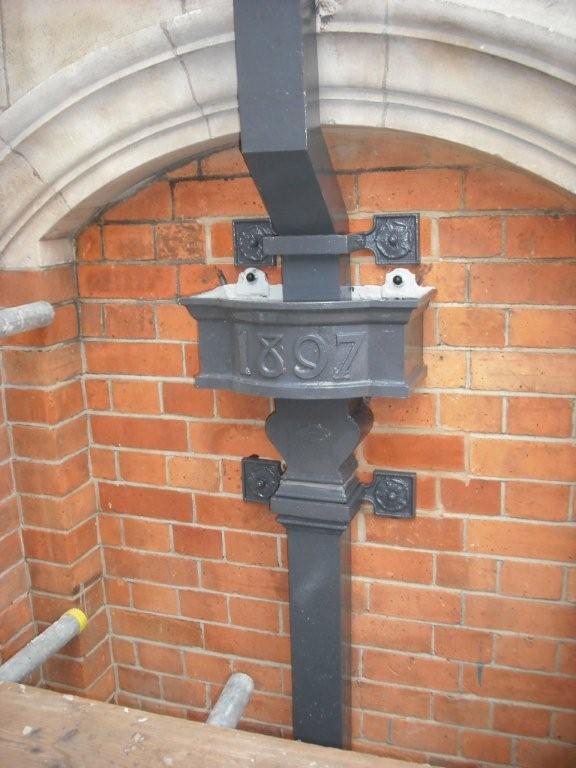
The building was formerly part of West Ham Technical Institute which opened in 1898 and taught art, engineering and science. Its apprenticeship classes included foundry skills.
As part of an external renovation programme, funded by the UEL and ‘gift aided’ to local people, specialist contractors Triton Building Conservation cleaned and restored three facades of the building and those to the adjacent Passmore Edwards Museum.
Triton Building Conservation’s site manager, Zak Crafer said: ‘Hargreaves provided a faithful reproduction of the century-old earbands and offsets. Their comprehensive site survey and ability to include special castings over a short timescale meant no downtime on the project and the replica pieces were easy to install by our own skilled team.’
Ironically, Hargreaves Foundry, which was established in 1896, is just two years older than the building it has helped to restore.
Cast iron is a sustainable material and so after serving the drainage needs of a building for its lifetime it can be fully recycled, not 'down-cycled'.









